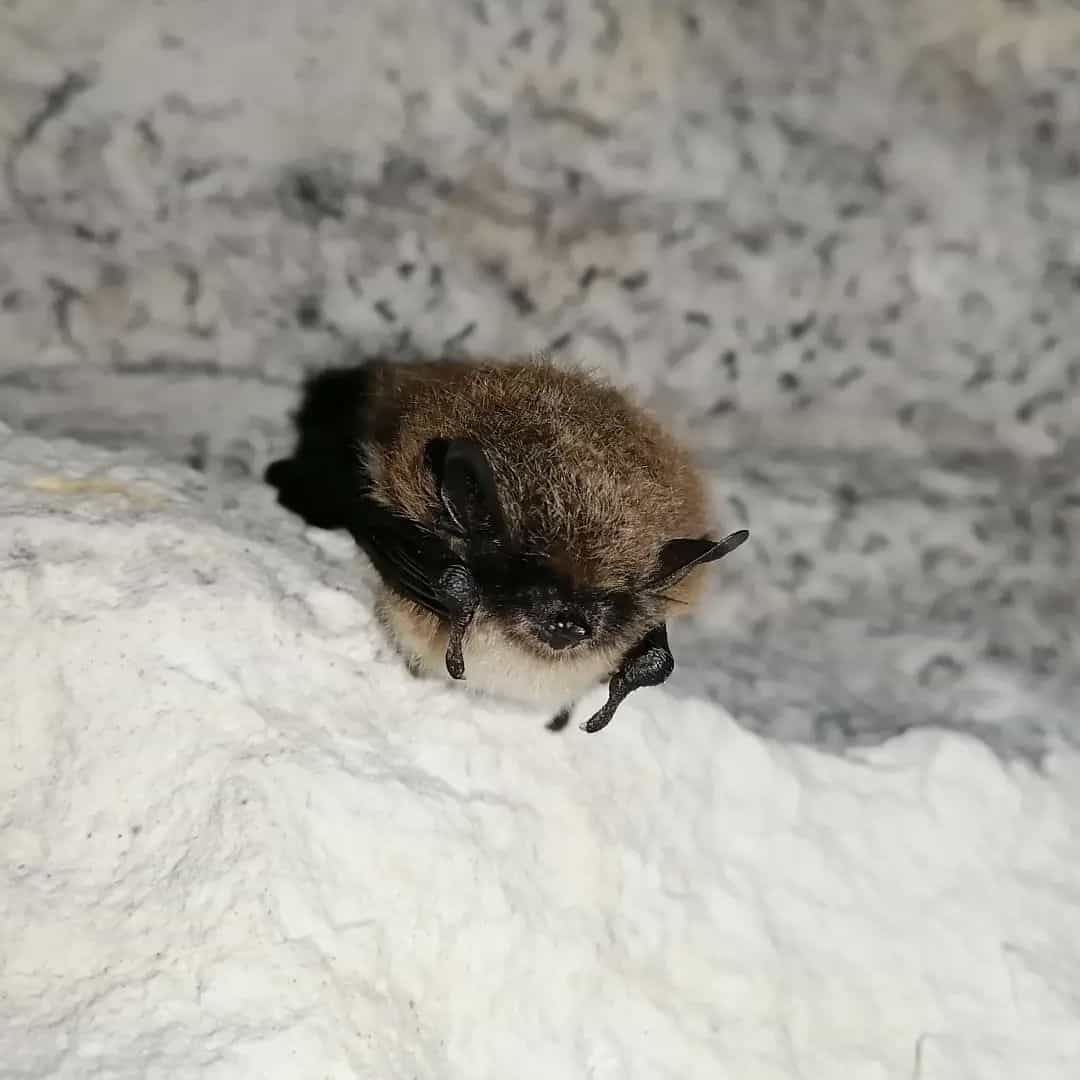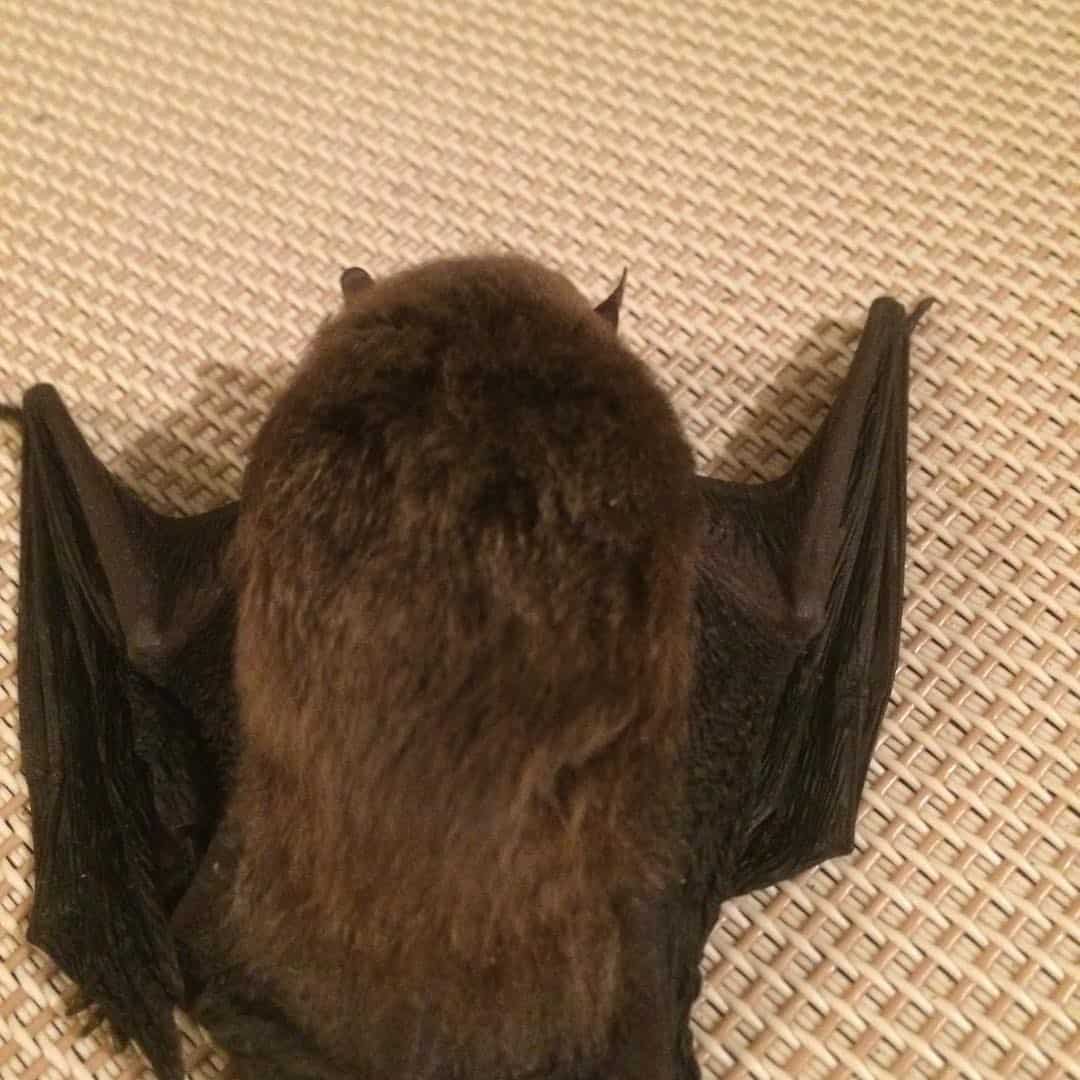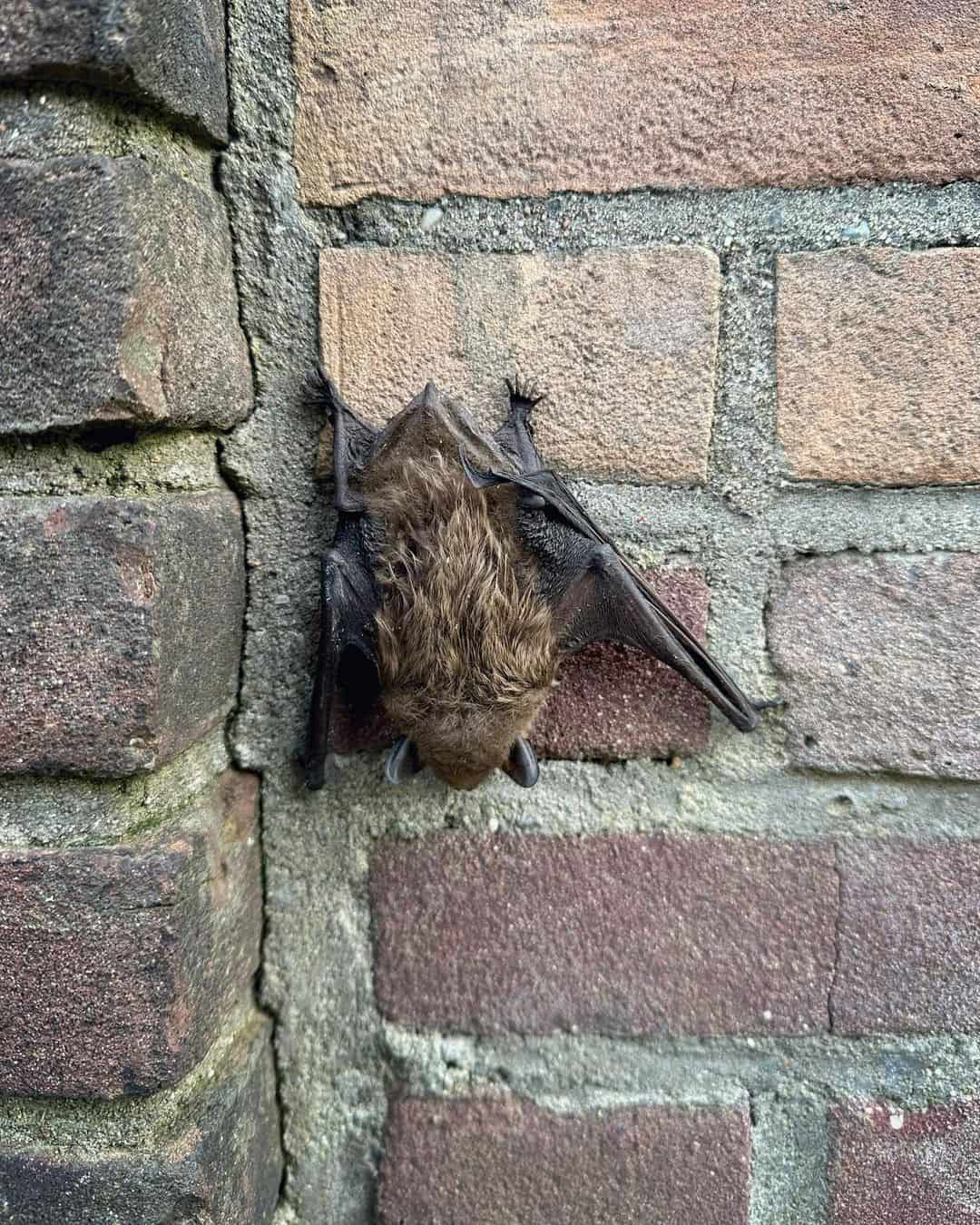Finding a bat in your home is never a welcome sight despite its importance in the ecosystem. Not only would bats create a nuisance in your space with their noise and droppings, but they are also carriers of harmful diseases such as rabies.
While it may be tempting to kill them if you see one in your home, particularly in your bedroom, these creatures have earned their rights as protected animals at the state and federal levels. So, killing one may result in legal consequences.
That is why it is more important to learn more about safely removing bats from your home. This guide will teach you the best methods to catch bats and prevent them from invading your space in the future.
But first, let’s look at why you have a bat in your house.
Why Bats May Come Into Your Home
There are several reasons a bat might enter your home; understanding these can help you avoid future bat invasions.
1. Open Windows and Doors
Bats are amazing flyers and can easily get through tiny cracks in windows or doors. If the mesh on your windows or doors is damaged or missing, this may allow a bat to enter your home. Take the necessary steps to prevent this by fixing broken screens and keeping your windows and doors closed when not in use.
2. A Bat Colony is in Your Neighborhood
Bats are highly social animals that frequently form large colonies in caves, trees, or attics. If you live near a bat colony, some bats may come inside searching for a place to roost. In this case, you should inspect your home for potential entry points and seal them to prevent future invasions.
3. Migration
In the winter, bats frequently migrate to warmer climates, and if they find a suitable roosting spot in your home (Dark, warm areas), they may decide to stay. This is especially true if the bat is injured or weak, as it may require a rest and recovery area.
4. Search for Food
Bats love insects, and if insects are abundant in or around your home, they may be attracted to the area to feed.
How to Catch and Safely Remove a Bat from Your Home
Catching a bat can be a challenging and intimidating task, especially if you’ve never done it before. However, with the proper equipment and techniques, it is possible to capture a bat safely and humanely. Here’s a step-by-step guide to catching a bat.

Equipment Needed
Catching a bat can only be safe and easy when you use the right tools. So prepare the following before getting started.
- Gloves, long pants, sleeves, and boots protect you from diseases transmitted by bats while allowing you to handle small objects and move freely.
- Flashlight to help you find the bat at night.
- Box or container with a lid. This should be large enough to accommodate the bat while remaining small enough to keep it contained.
- Mist nest to trap bats.
Step 1: Identify the Bat
There are over 1,400 species of bats worldwide and knowing them all is impossible. But, if bat intrusion is common in your area, you should try to familiarize yourself with those common species.
For example, some common species in North America are the Little Brown Bat, the pallid Bat, and the Mexican Free-tailed Bat.
Knowing these bat species will help you determine if it is legally protected and what steps you need to take to handle them safely.
Step 2: Locate the Bat
As bats are nocturnal creatures, they are most active at night, so it is best to search for them at nightfall. You’d most likely find them in dark and cozy areas o your home, like attics, basements, or closets. You should also check your curtains, flowerpots, between sofas, and other areas you think a bat can hang on to or crawl to hide.
Step 3: Capture the Bat
Depending on the situation, there are three major methods we recommend.
- Using a Bucket
You’d have to be patient using this method and wait for the bat to land on a surface. Once the bat looks comfortable, approach it slowly and quietly, making no sudden movements or loud noises.

When you’re close enough, place a bucket over the bat and hold it tight to the wall or surface. The container should be large enough to contain the bat without causing it any injury and preferably transparent, so you can probably handle the bat properly when it’s captured.
Next, slide a piece of cardboard underneath the bucket. This will completely cover any openings under the bucket.
- Use a Mist Net
Mist nets are specially designed trapping systems composed of thin, nearly invisible fibers, particularly in the dark. This makes them a highly effective tool for capturing bats.
To get started
- Set up a mist net over an area where you’ve seen the bats fly through (for example, your corridors). The best time to do this is before sundown when bats are most active.
- After the net is in place, check the trap with a flashlight every 10 to 15 minutes.
- When a bat is caught, grasp it with your non-dominant hand and press lightly under its chin to keep it from biting. Always use thicker leather gloves that can withstand a bat’s sharp teeth and a second latex glove to remove it carefully.
Step 4: Release the Bat
After capturing a bat, you should always release it as soon as possible. Bats are legally protected in many states, and keeping them as pets is prohibited. We advise you to wait until nightfall to release the bat, preferably near a tree where it can hang on to.
Safety Precautions to Employ When Trying to Catch a Bat
When catching a bat, safety should be the top priority for both the person and the bat. Here are some safety precautions to keep in mind:
- Always wear gloves, long sleeves, and protective eyewear when handling bats to minimize the risk of bites and scratches.
- Try to release any bat in captivity within an hour to reduce the bat’s stress.
- Bats are agile and can quickly change direction, so approach them slowly and carefully to minimize stress and prevent them from flying into dangerous areas.
- Don’t handle catching bats unless you’re vaccinated for rabies.
- If you feel unsafe or scared, you should have a wildlife expert handle catching the bat.
- Don’t chase the bat around with a broom, as this could injure or even kill it. Some bat species are legally protected and killing one may result in penalties.
How to Prevent Bats from Your Home
Although the methods used to catch a bat appear simple, we still recommend hiring a professional, especially if you are experiencing an infestation.
However, we understand that waiting to see a professional every time a bat enters your home can be costly and stressful. As a result, the ideal solution will be to permanently prevent bats from entering your home.
Here are some methods to keep bats from intruding into your home.

1. Seal up your Home
Check and seal potential entry points around your home to prevent bats from entering. Pay close attention to windows, doors, vents, and rooflines, and fill any openings with professional-grade caulk or expanding foam.
2. Set up Roosting Sites
install physical barriers, such as bat boxes or houses. These structures create an attractive habitat for bats, giving them a better alternative to roosting in other parts of your property.
3. Use Deterrent
Bats are easily disturbed by high-pitched sounds and bright lighting. So, you can implement either one of these to keep them away.
4. Trim tree branches
Keep an eye out for any tree branches that may be too close to your walls and roof and give them a trim if needed. This will prevent bats from using them as a bridge to access your home.
5. Take Care of Your Property
Simple home maintenance, such as regular cleaning, gets rid of insects and can help reduce the bat population in your area by limiting their access to food sources.
Conclusion
Catching a bat is not as hard as it may seem. With the right equipment and careful approach, you can catch them without hurting them or yourself.
To recap:
- Always wear protective equipment, such as gloves and eye protection, before trying to catch a bat
- Release the bat in a safe location, away from humans and pets, and preferably near a tree where it can easily hang on
- Observe the bat for a few minutes after release to ensure it has flown away safely and is not in distress.
- Hire a professional to catch bats when it’s an infestation you cannot handle on your own.
We hope this blog has provided valuable information on how to catch a bat in your home safely. If you have any questions or want to share your experience, please comment below.
